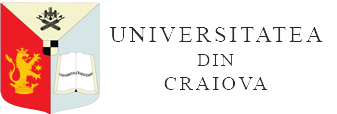STUDIES ON THE SPECIES PRIMULA OFFICINALIS HILL. FOR THEPURPOSE OF ESTABLISHING ECOLOGICAL CULTIVATION TECHNOLOGY
DOI:
https://doi.org/10.52846/aamc.v52i1.1347Abstract
These researches were carried out in order to introduce the species Primula officinalis into the culture and to establish an ecological cultivation technology.
The species Primula officinalis Hill., synonymous with Primula veris L., popularly known as cowslip, common cowslip or cowslip primrose, is a perennial, herbaceous species, being one of the 400 species of the Primula genus. In some countries from Europe, this species is on the verge of extinction, due to intensive harvesting from the spontaneous flora, grazing, deforestation and alpine herbicides. In Romania, Primula grows spontaneously, starting from the lowlands, on hills, pastures, alpine meadows, up to approximately 2300 - 2400 m altitude. It is known in folk medicine as having multiple phytotherapeutic uses. Primula has been used since the Middle Ages for the treatment of gout, headaches, migraines. The saponins found in the rhizomes and flowers are used in the phytotherapeutic treatment of bronchitis and colds due to their expectorant effects. The paper presents results regarding the influence of the nutrition space on some elements of growth and development in the species Primula officinalis, with a determining role in the amount of vegetable mass obtained.


